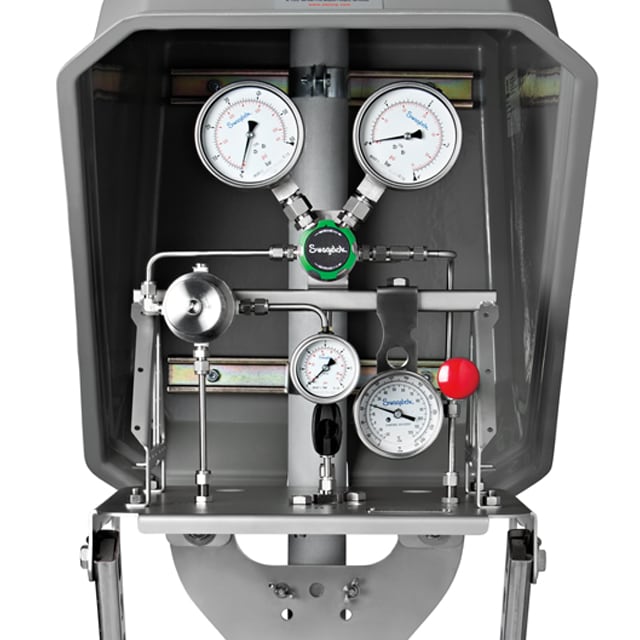10 Sampling System Mistakes

Ten Sampling System Mistakes Harming Your Operations
Managing an analytical instrumentation operation is no small task. Experienced staff members are in short supply and you can’t spend time training new hires on your own–you’re expected to manage increasingly complex operations with limited technician and engineering time. But issues with your sampling system due to outdated skills can spell major problems for you including: analyzer down time, unexpected maintenance costs, and even damage to your team’s credibility as analytical instrumentation professionals. Your sampling system design or routine operations and maintenance training and procedures may be the culprit – and it’s harming your operation more than you think.
Here are ten common mistakes potentially damaging your system:
1. You haven’t checked your system for simple errors.
You can improve the reliability of your analyzers by auditing and then eliminating simple mistakes from your sample system installations. When you look for them, simple mistakes like reversed check valves blocking your sample flow or a fast loop flowing backwards are easy to find, and the remedies are obvious.
2. Your gas sampling system has too much volume upstream of the first regulator.
High pressure gas can ruin an otherwise well designed sampling system by causing condensation in the lines and excessive time delay due to gas compressibility. Furthermore, high pressure gas can cause a safety concern due to the rapid decompression in the event of a component failure. So, it’s best to reduce the pressure of a gas as soon as you can by minimizing the sample system volume on the upstream side of a regulator.
3. Your liquid sampling pressure is too low.
Liquid samples are just the opposite. Letting the pressure drop may release a dissolved gas, thus causing the liquid to bubble or foam. It’s best to keep the pressure of a liquid sample as high as possible.
4. You haven’t paid much attention to the surfaces your sampling system needs.
When sample fluid touches a surface, a few molecules stick. Loss of molecules due to adsorption can spoil your sample. Pick the proper materials for filter elements, regulator diaphragms, tube walls, or gas cylinders when designing or maintaining your system.
5. You’re using elastomer seals not compatible with your sample fluid.
Material that is mismatched to your sample fluid may cause a failure like sample leakage or even a blockage within the sampling device leading to the degraded accuracy of your analysis.
6. You’re sampling from a stagnant line.
For a representative sample, make sure you’re sampling from an active process line. Remember that the timeliness of your sample is also dependent on the time it takes the sample to flow from the process to the extraction point. The location of the sample point can be a critical aspect of a successful sampling system.
7. You’re not spot ting dead legs in your sample-transport line.
Dead legs or unpurged volume allow molecules to diffuse into the sample causing a slow analyzer response and continuous contamination of your system.
8. Your vaporizer is too hot.
A hot vaporizer body could boil the incoming sample, causing it to fractionate. Make sure you understand temperature requirements of the chemicals in your system and appropriate equipment settings to prevent errors.
9. Your sample flow is too slow.
The slower your sample flow, the more viscous drag is placed on the interior wall of your tubing, causing solids to form. A faster flow is recommended for good sample mixing, cleaner sample lines and faster response time.
10. You’re not looking for the causes of time delay in your sampling system.
If your measurement does not follow your process, you have time delay in your system. Other symptoms are blurred or muted response, laboratory disagreement, and poor performance of a control scheme.
With ongoing training and education, your team can eliminate mistakes in your sampling system and you don’t have to do it alone. Swagelok Training prepares analytical instrumentation professionals to catch mistakes before they happen and recognize exiting problems in installed sampling systems. Our Process Analyzer Sampling System (PASS) and Sample System Problem Solving and Maintenance (SSM) Training instruct on fundamental and advanced practices in analytical instrumentation design, operation and maintenance; empowering you to design more accurately and maintain more carefully with minimal error and greater system integrity.
Don't disrupt your operation or risk your reputation any longer. Choose Swagelok Training today.
